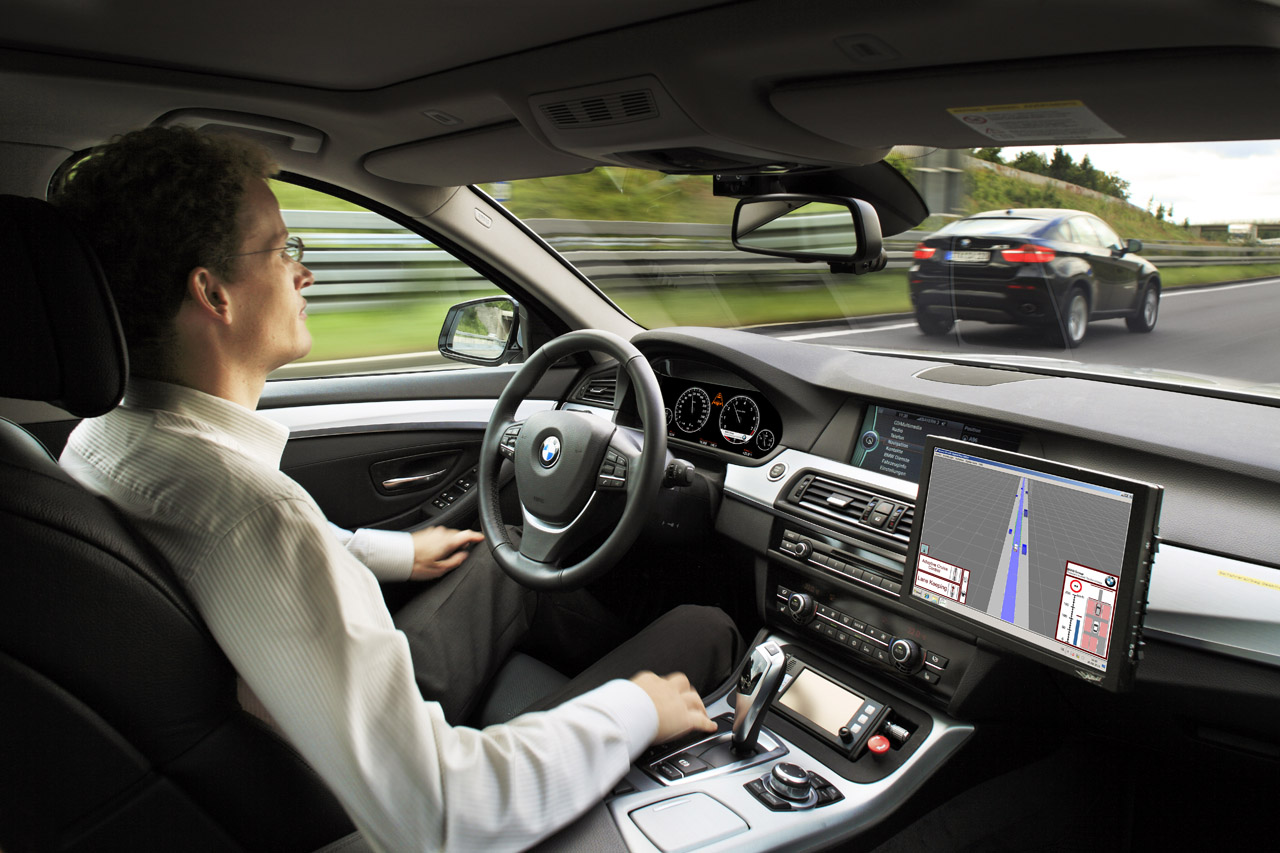Getting back to driving after a long break

It can be overwhelming getting back to driving after a long break, but whether it’s been one year or ten you’ll be surprised at how quickly you pick it up again. Follow this guide to ensure a safe and sensible return to the driver’s seat.
Organise the important admin
There are many legal requirements for driving in the UK, so it’s important to organise the admin first and foremost. Start by finding your licence and checking that it’s valid: you’ll need to keep this with you whenever you drive. You must also register your vehicle with the DVLA and pay the required tax fee which is due annually. Both of these tasks can be done online within minutes.
Remember that having up-to-date car insurance coverage is also a legal requirement. Consider your options carefully ensuring you opt for a policy that meets your needs. Many come with handy extras such as breakdown cover included as standard.
Ensure your vehicle is roadworthy
Before you do any driving, you must ensure your vehicle is roadworthy. If your car is three or more years old, organise your MOT test to check your car against road safety and environmental standards.
You’ll also need to book it in for a full service at your local garage. This professional inspection covers 77 points and safeguards against serious problems that could cause harm to you and others on the road if left unattended. Your service should include:
- Testing safety and mechanical systems
- Changing engine, oil and air filters
- Replacing parts past their lifespan
Remind yourself of the regulations
While driving is a bit like riding a bike – once you’ve learned, you never really forget how – it’s alarming how quickly the road regulations can be forgotten. Brush up on the Highway Code which includes road and vehicle rules and legal guidelines for specific situations such as driving with children and the drink-drive limit.
You might find it useful to retake your theory test, either officially or with the help of a friend or family willing to quiz you on the questions.
Refresh your driving skills safely
Now you’re ready to hit the road – but make sure you refresh your driving skills safely. Keep to quiet areas with little traffic such as the streets close to home or large car parks at quiet times. Here you can practise the basics such as turning, reversing round corners and three-point turns. When you’re feeling confident, re-attempt bay and parallel parking: these tricky techniques are important for day-to-day driving.
You might find it useful to have an experienced driver with you, especially when you venture further afield to test yourself in towns and cities where a lot is going on at once and driving is fairly stop-start. Having an extra pair of eyes to look for hazards is reassuring, especially when you’re under pressure.
Refresher courses are also available, including advanced courses on motorway driving and driving at night.
